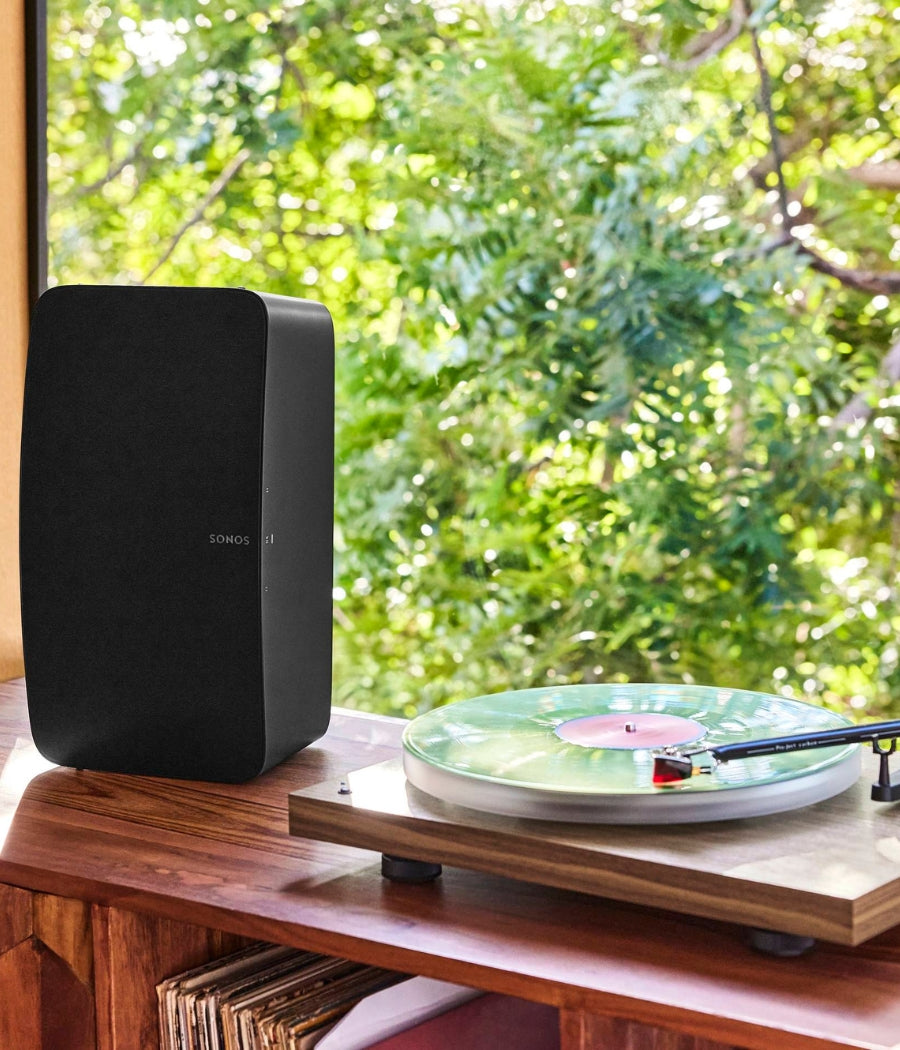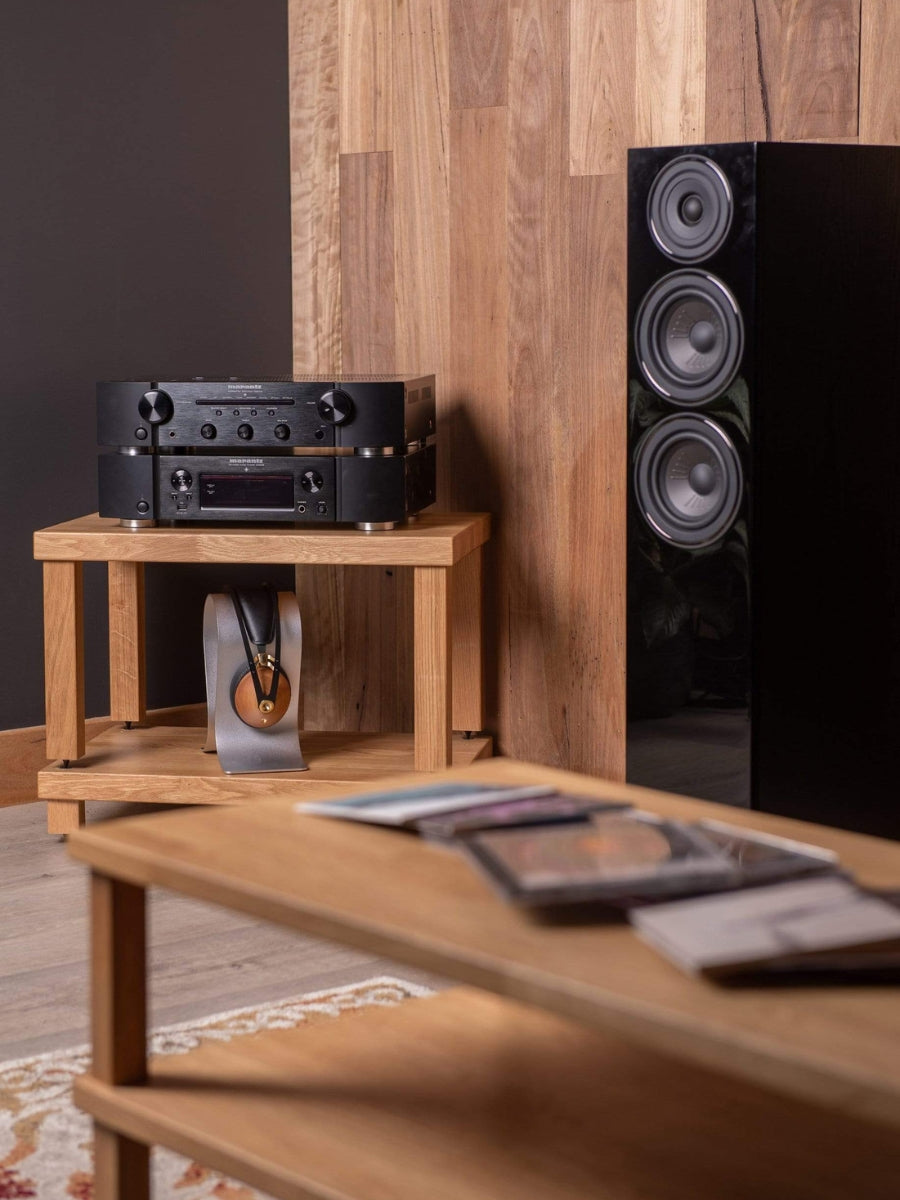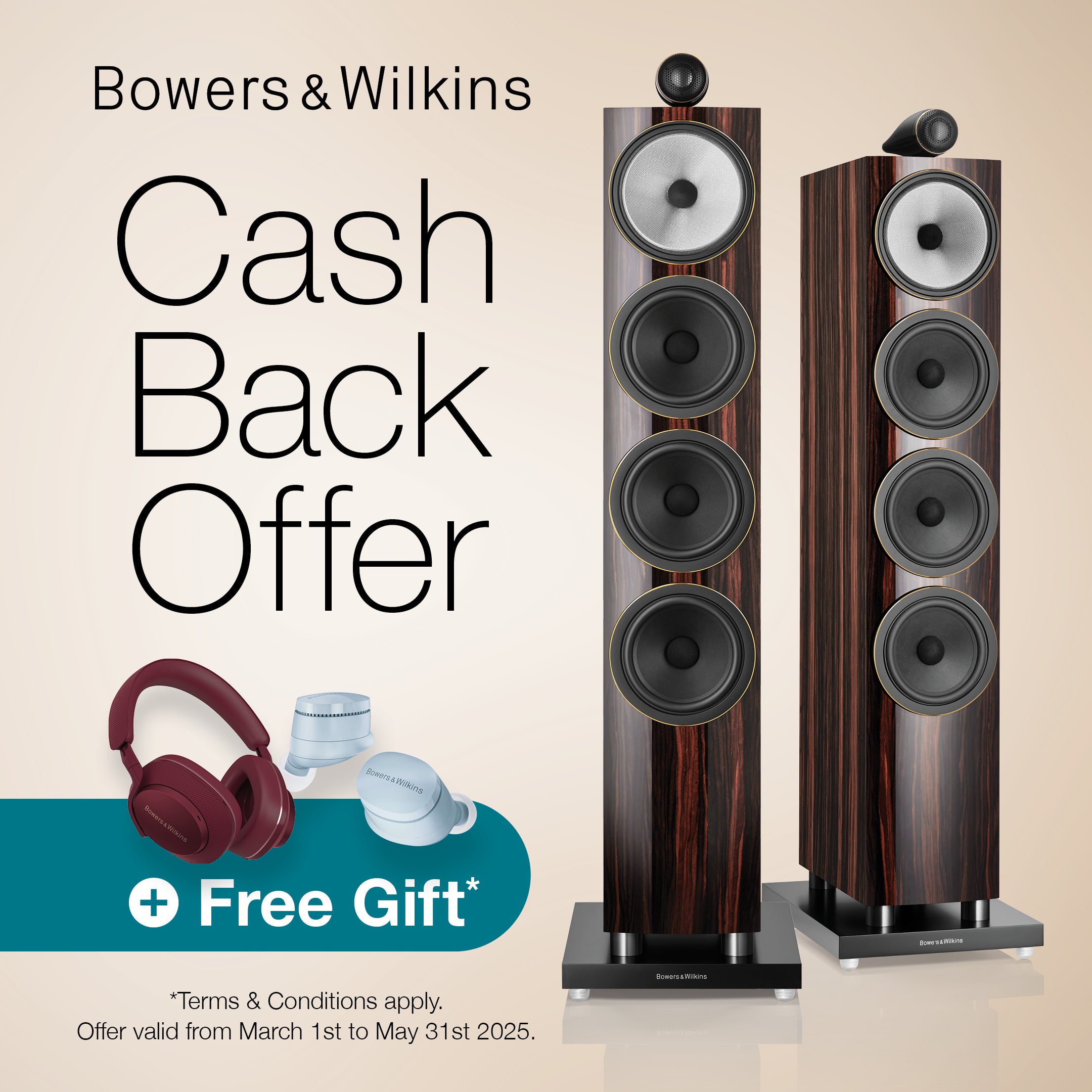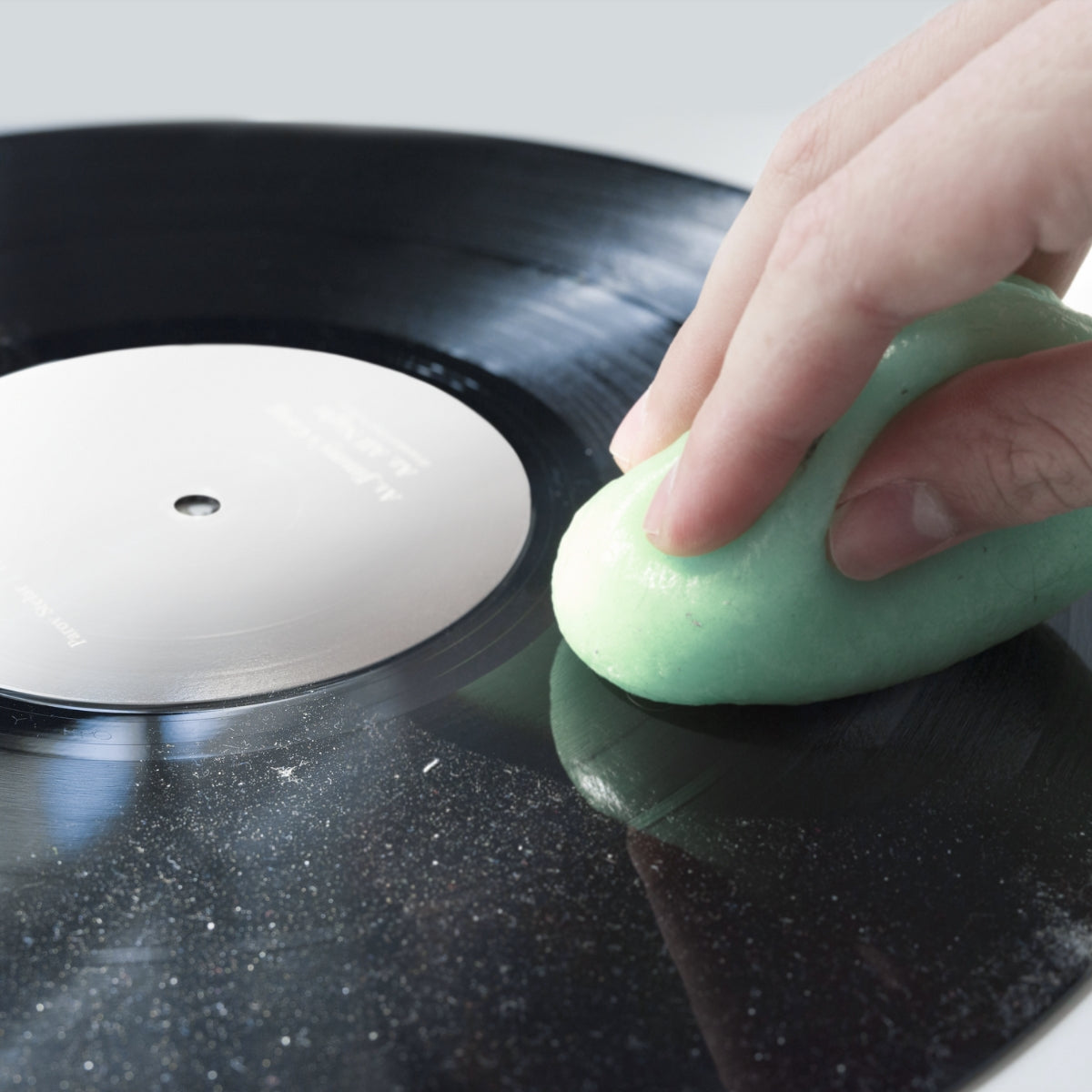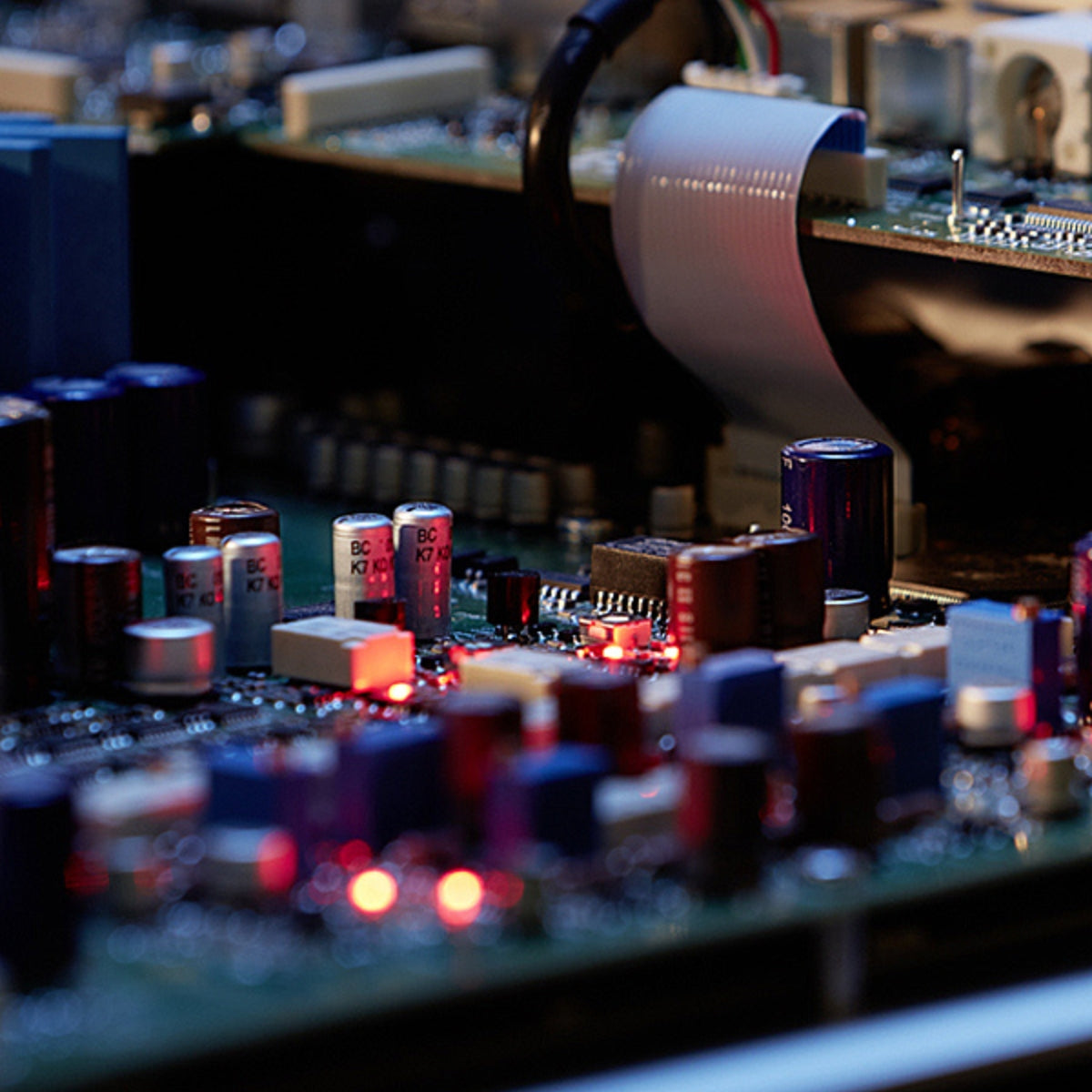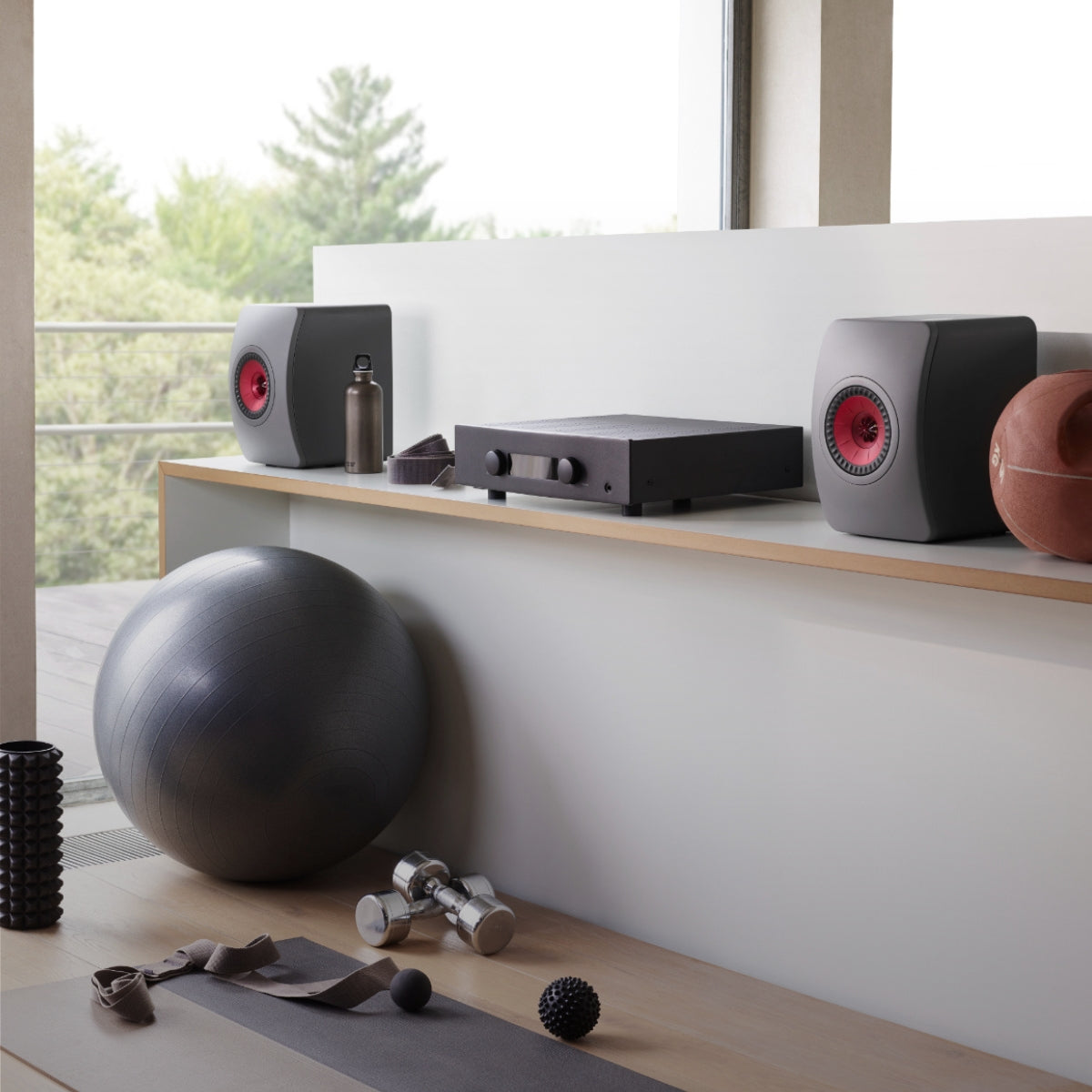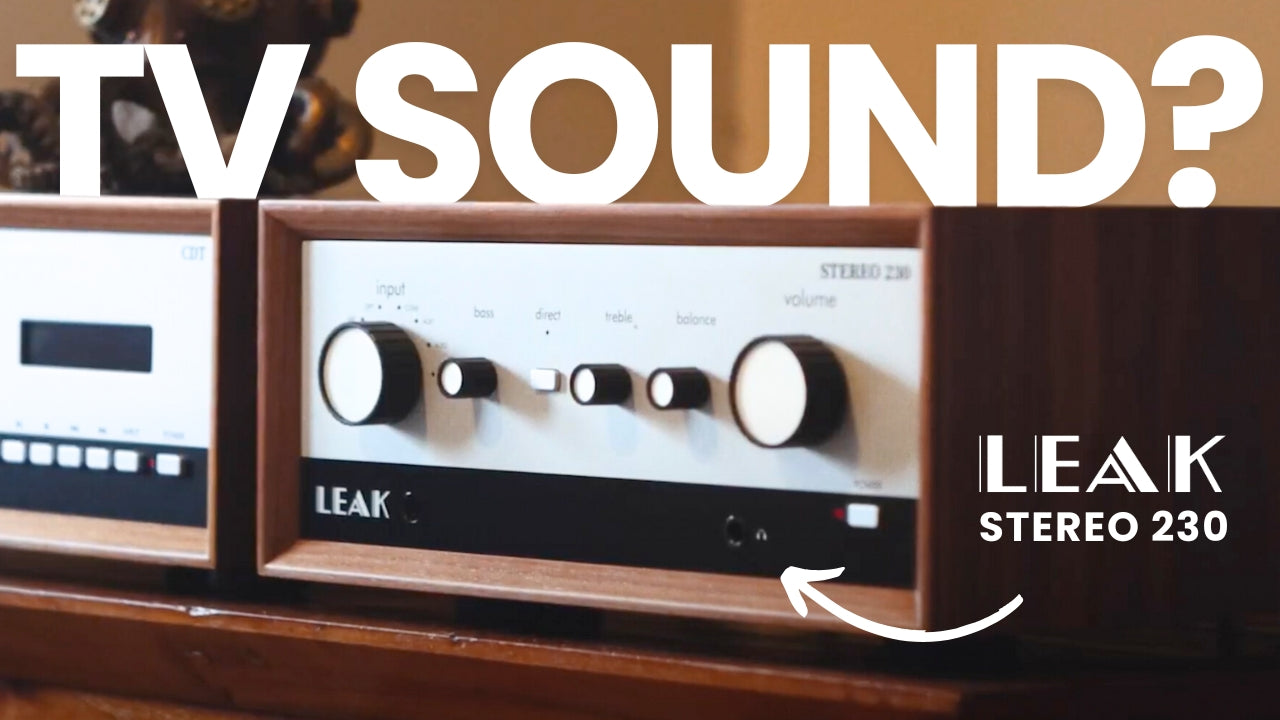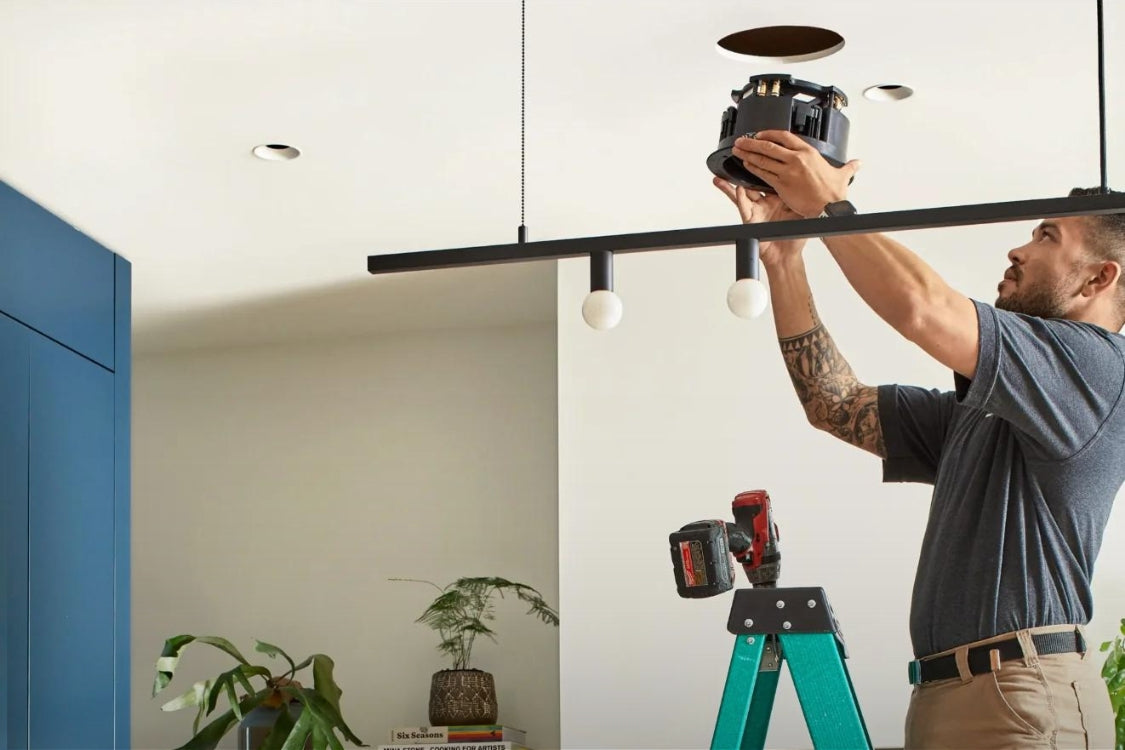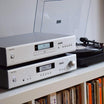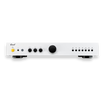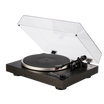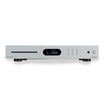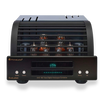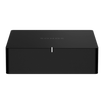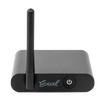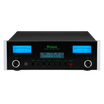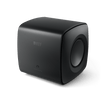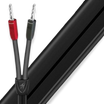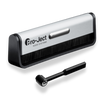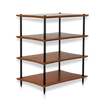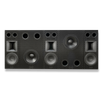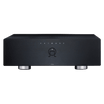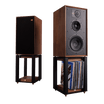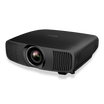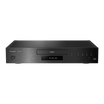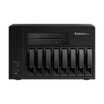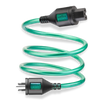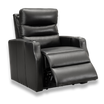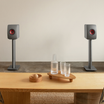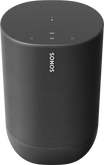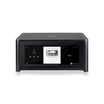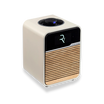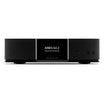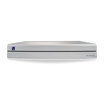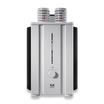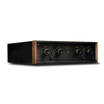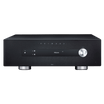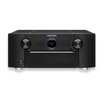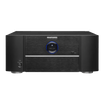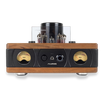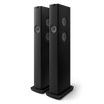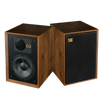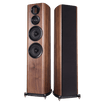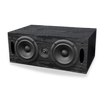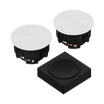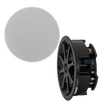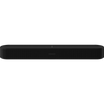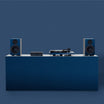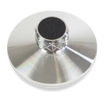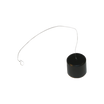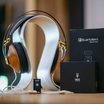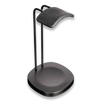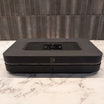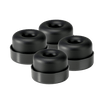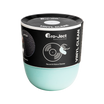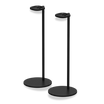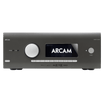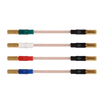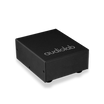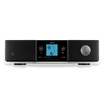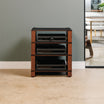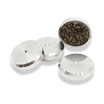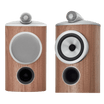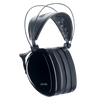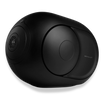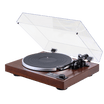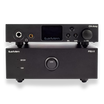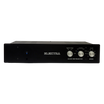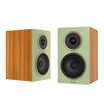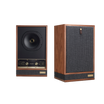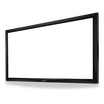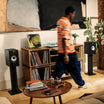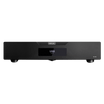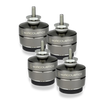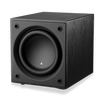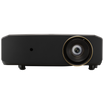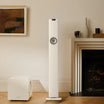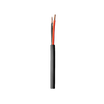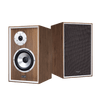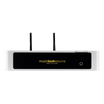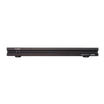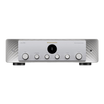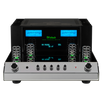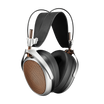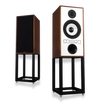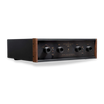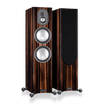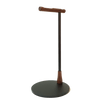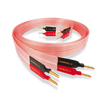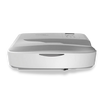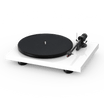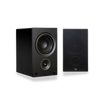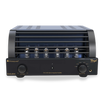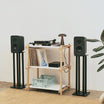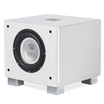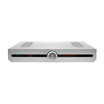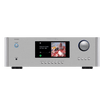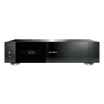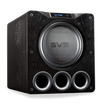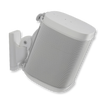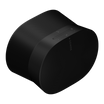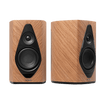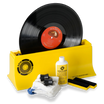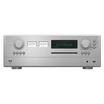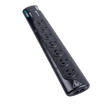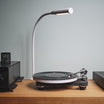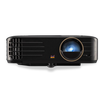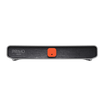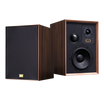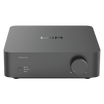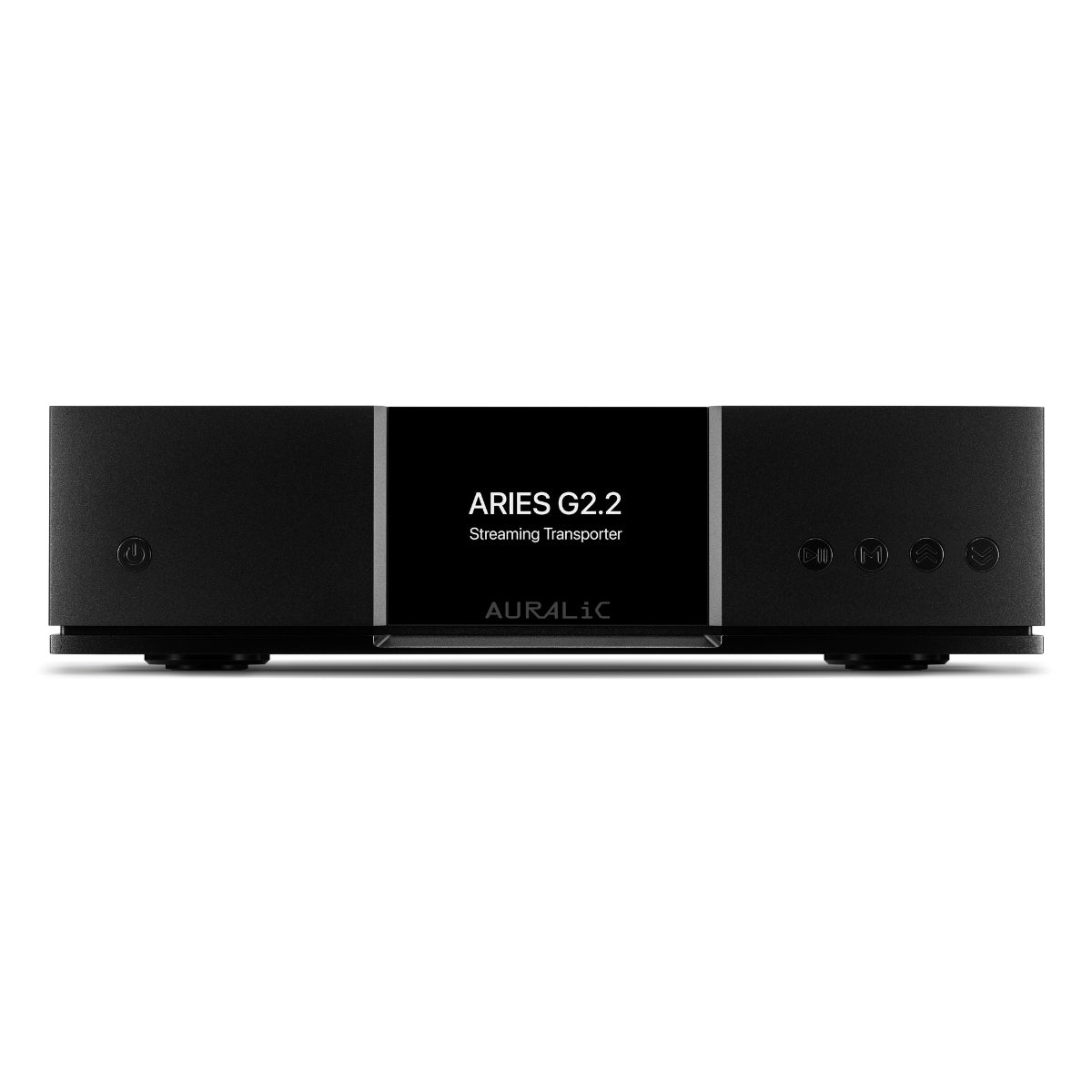
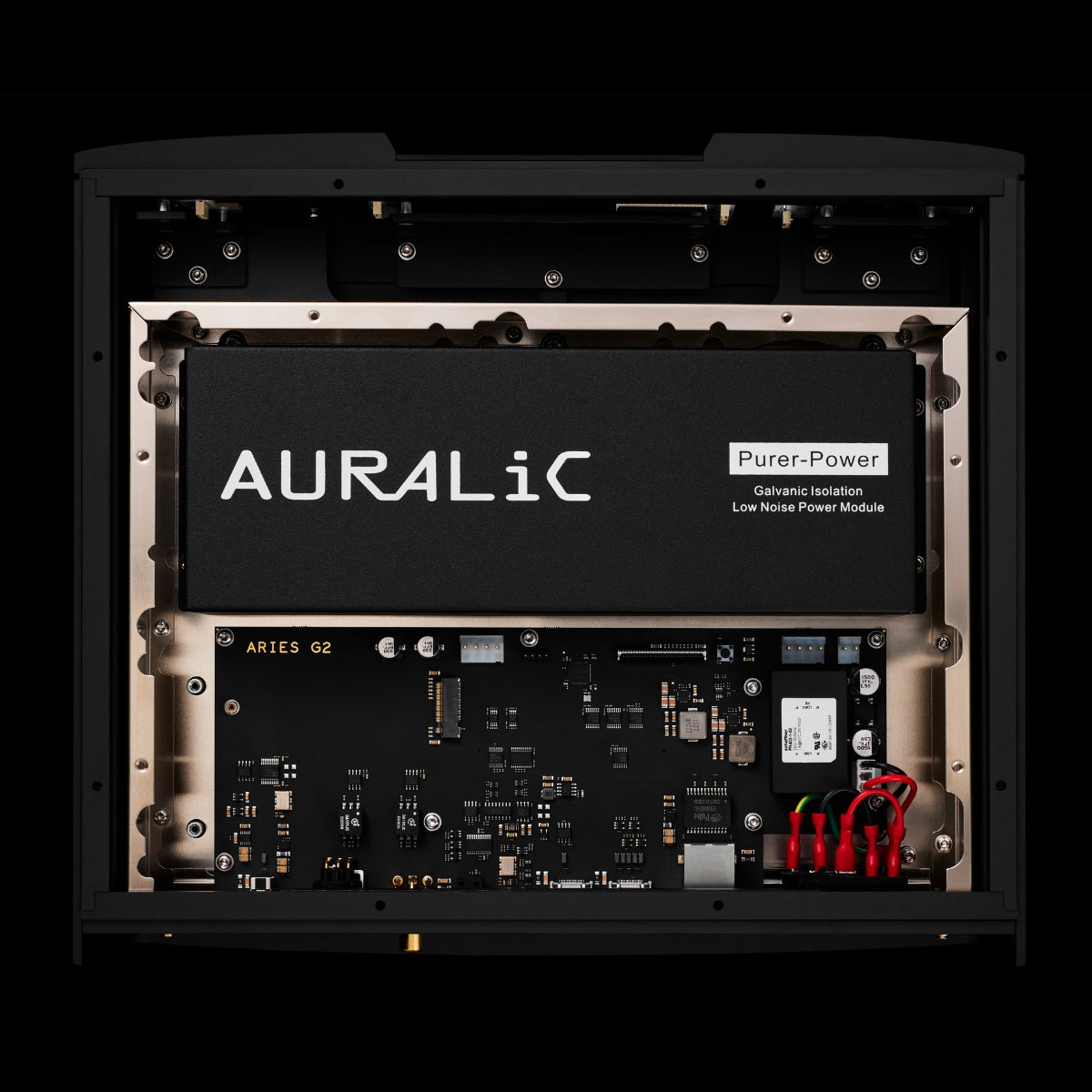
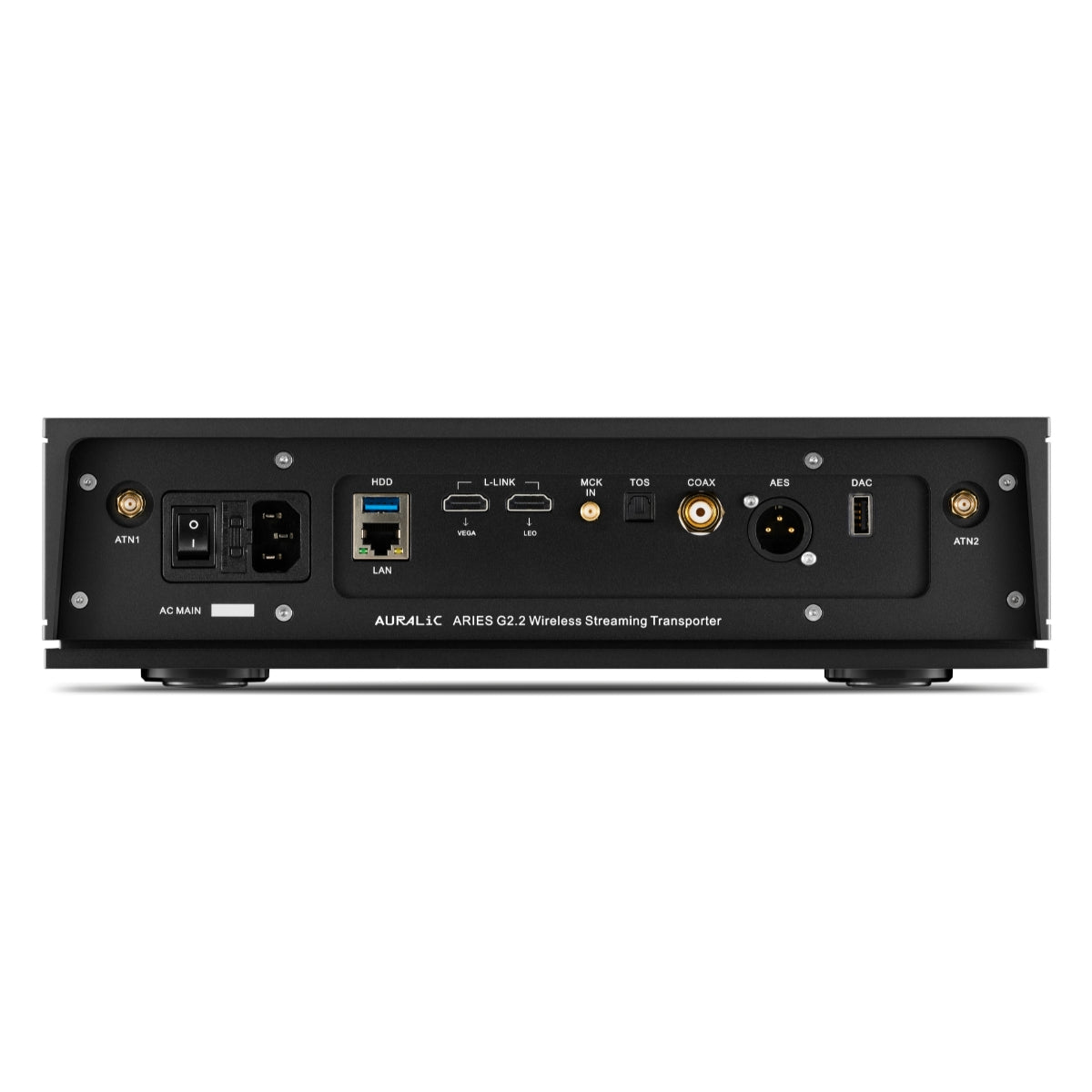
AURALiC Aries G2.2 Wireless Streaming Transport
The ARIES G2.2 Wireless Streaming Processor is designed to sit between your digital sources & your DAC, this can be a digital source that is on your Wi-Fi Network, or one that is hardwired to the G2.2's digital inputs.
All digital audio-related circuits, including the Galvanic USB, have their individual power supplies, maintaining an extremely low noise level of just 0.8 microvolts - an 80% reduction from G2.1 model.

Specifications
Warranty
AURALiC Australia offers 1 Year Limited Warranty for all devices in the Lightning product line.
The additional 2 Years Extended Limited Warranty is available for ARIES G2/G2.1 and ARIES G1.
This non-transferable warranty is available to the original owner of the product by completing the product registration including the original sales information from your authorised AURALiC dealer within 30 days of the purchase date.
Shipping & Returns
We offer free shipping on any order over $150. For full details please see our Shipping Policy.
Our returns policy lasts 30 days. If 30 days have gone by since your purchase, unfortunately, we may not be able to offer you a refund or exchange. For full details please see our Refund Policy.

Key features
Heavy Duty Chassis
low-noise power supply
galvanic isolation dac output
optimised digital listening
Multiple Digital Inputs

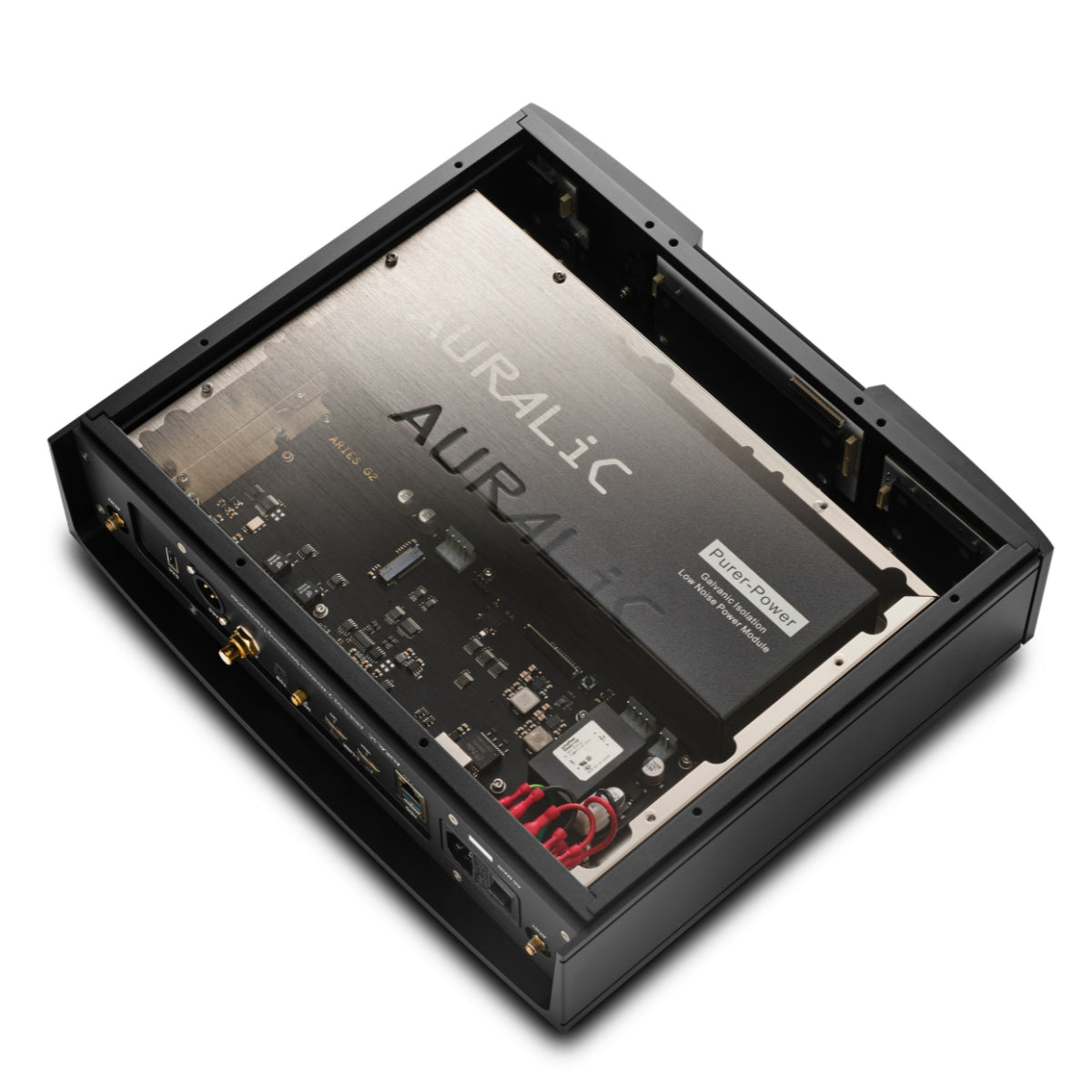
TELL ME MORE ABOUT THE
AURALiC Aries G2.2 Wireless Streaming Transport
The ARIES G2.2 has undergone a complete interior redesign, with 90% of the electronic components being brand new.
This cutting-edge product boasts several new technologies that have been introduced to take their performance to the next level, all enclosed in AURALiC's elegant UnityChassis II enclosure.
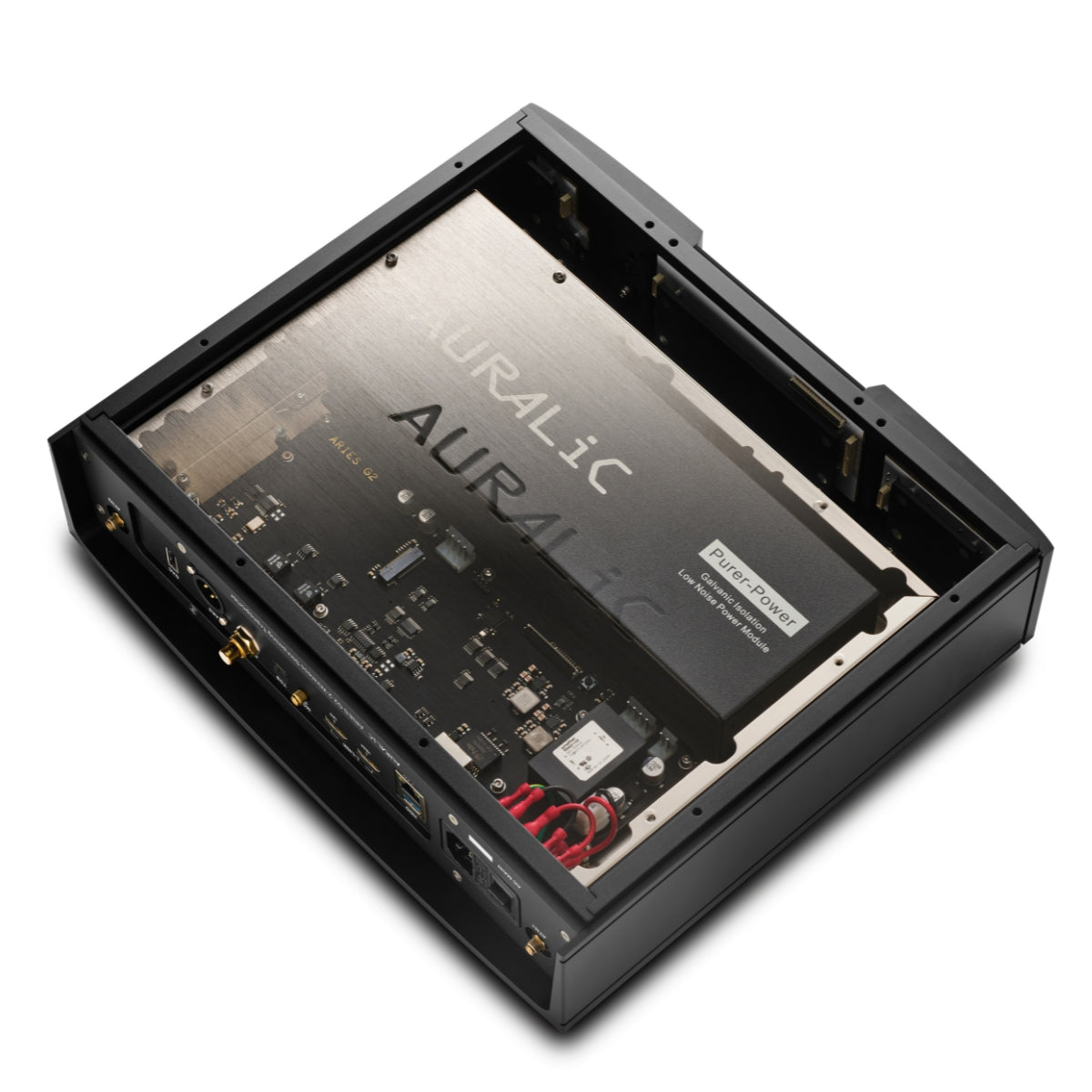
Optional NVMe Internal Storage
With the new Tesla G3 processing platform in place, ARIES G2.2 has upgraded its internal storage from traditional SATA based SSD or HDD to the most advanced NVMe (Non-Volatile Memory Express) SSD storage option. This upgrade offers numerous benefits, including outstanding data transfer speeds and dependability, ensuring a seamless experience for storing and playing digital music.
Thanks to the Direct Memory Access (DMA) technology, NVMe storage offers significantly faster transfer speeds and lower latency than traditional storage options, resulting in improved performance and faster access to stored music. Compared to the G2.1 model, the ARIES G2.2 now offer a copying speed that is ten times faster when transferring music from Ethernet to the internal storage.
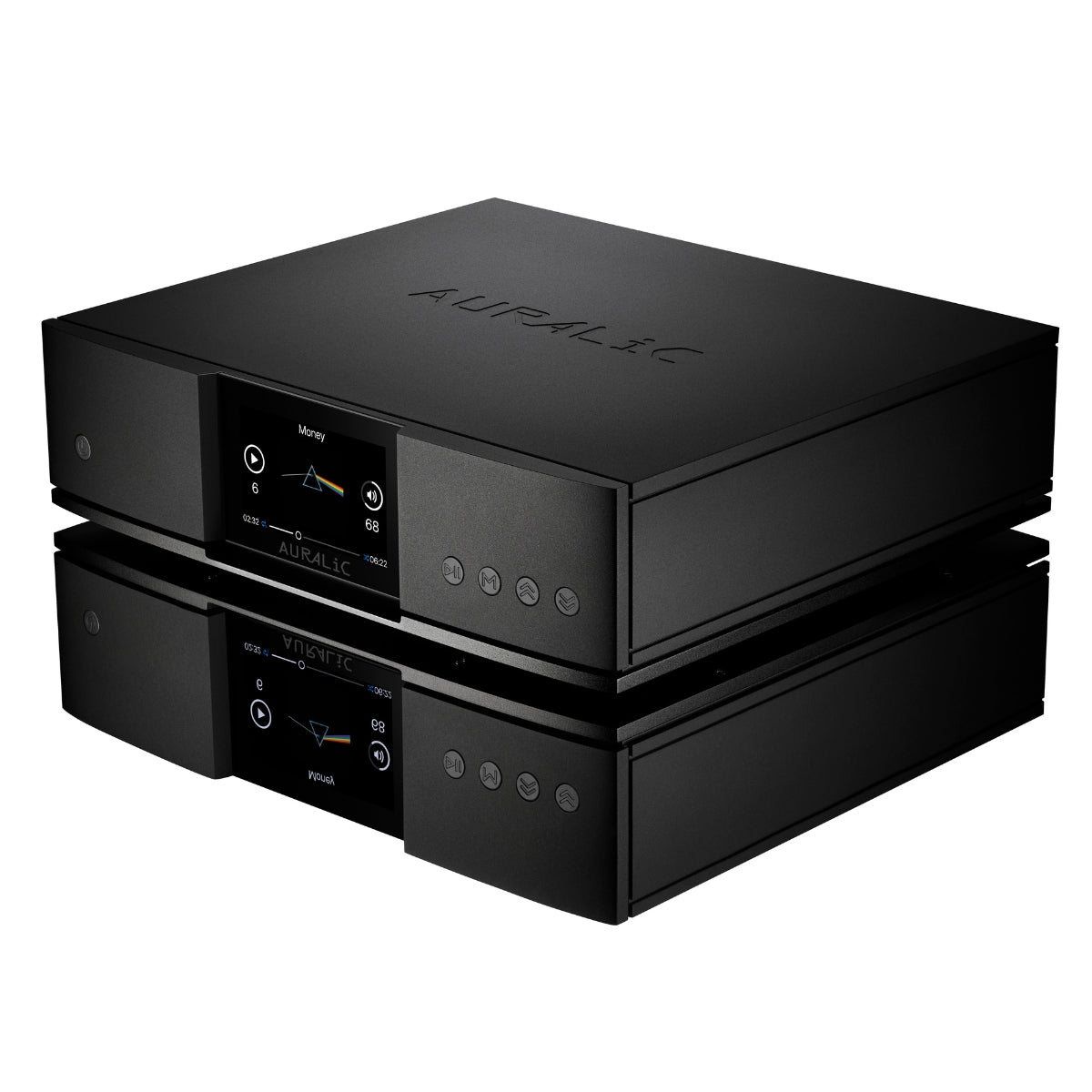
Compatible with Leo GX.1
ARIES G2.2 aims to be the best possible digital audio source, achieved by the implementation of a dual 60fs Femto clocks - one for 44.1x and another for 48x sampling rate frequencies. These audio-optimised clocks have extremely low close-in phase noise and can greatly enhance sound quality, setting a new standard for signal timing.
For the ultimate performance, adding LEO GX.1 will deliver a true state-of-the-art digital source experience.
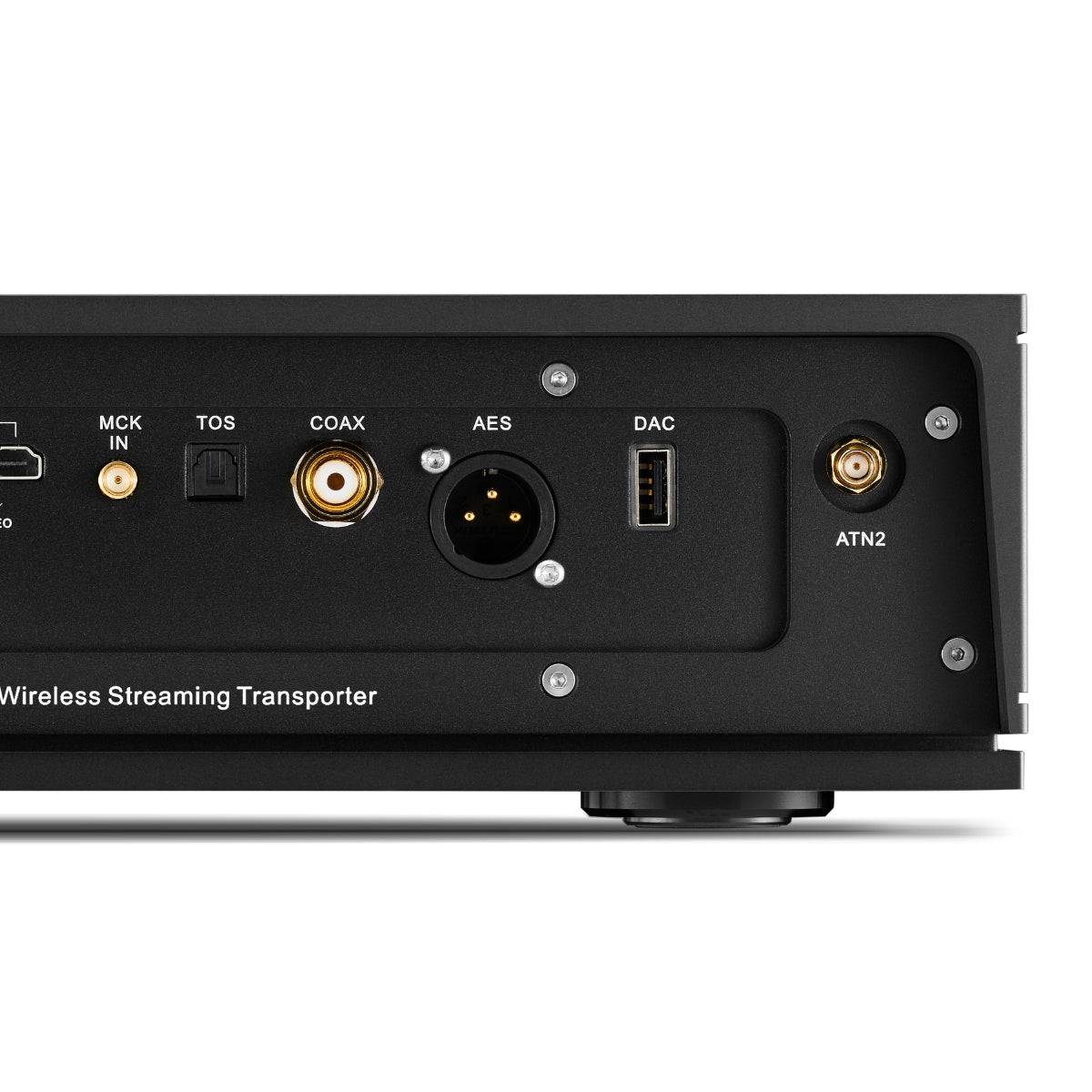
New Galvanic USB Isolation
Building on the success of the previous generation, AURALIC is proud to introduce the second-gen Galvanic USB in the ARIES G2.2. This new isolator has improved DAC compatibility, functioning in the same way as a regular USB port with hot plug/unplug support. The signal quality and jitter performance has been further optimised, resulting in noticeable sound quality improvement.
In addition, users can now choose to enable or disable the USB port power supply to the DAC through software, which ensures an even cleaner signal path.

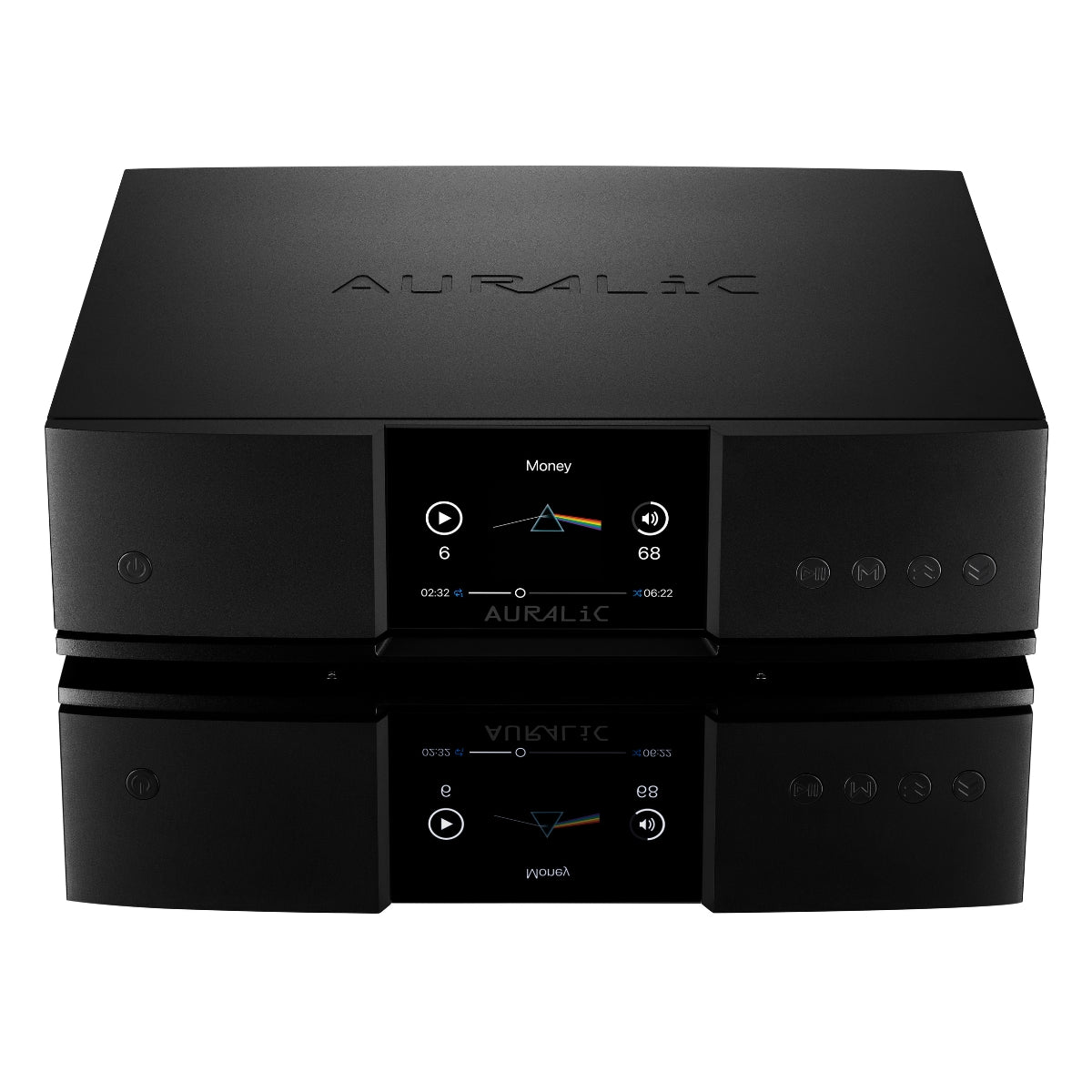
I had got to the stage where I wasn’t listening to much music because of some niggling dissatisfaction.
This led me to make a few upgrades to my Electrocompaniet based system. First was a Musical Fidelity DAC.
The biggest upgrade was in the form of Focal Sopra No2 speakers. Wow! I connected them with Purist Audio Design Musaeus speaker cables. LPs, CDs and SACDs were now fantastic and I was beginning to go through my old collection.
Finally, I decided to changed an old Cambridge Audio CXN streamer for Auralic’s Aries G2.2 for the radio and the streaming services Tidal Qobuz and Idagio. A lot of change over 3-4 months.
So how does the Aries G2.2 go in all this. Very well, very well indeed. If you want to know more then read on. These are just my personal first impressions after 120 hours burn in.
The Good:
It’s heavy. If weight is quality then this is quality. Well made, good looking with a large screen.
Well packaged and comes with white gloves to handle your new toy. A good manual to learn how to use it.
The sound.
I play in bands and orchestras so I know what live music should sound like and that is my hi-fi goal, I want absolute realism. My comments refer to well recorded and mastered material.
The Aries G2.2 is highly resolving, detailed, but not sterile or clinical sounding. It is organic and natural. Instrument timbres are as close to live as you can get. Solo cello is there in the room as if it was live. There is air and transparency aplenty. Subtle harmonics are there in spades. I had been struggling to work out what the bass instrument was at the beginning of “Tank” from the Cowboy Bebop soundtrack. Now I can hear it is an acoustic bass guitar with phosphor bronze strings played with a pick.
The quality between different human voices is clear even in dense harmonies, a bass clarinet sounds much different to a baritone sax. A well recorded jazz track is astonishing.
Soundstage is excellent. Depth and width are in abundance. Every instrument or voice is in its own place, beyond the edges of the speakers and from front to back. Each instrument has a beginning and an ending with natural decay. To appreciate this listen to the whole album “Set” by Youssou N’Dour. There is space around all instruments and voices. Marcus King Band albums are glorious.
Dynamics are amazing. Classical music seems to have even greater difference from pianissimo to fortissimo than before.
One thing I was surprised at was the dynamics that contemporary music demonstrated. We get used to listening to compressed recordings, but I was really struck by the way the compression seems to have been completely taken away. Listen to Marcus Miller playing “Trip Trap”. The sound grows and grows without any obvious limit. The same with “Partition” by Beyoncé. The sound builds and builds effortlessly. There is no apparent ceiling to the dynamics. And in that building sound Beyoncé’s voice never gets lost in the instrumentation. Real energy.
Drums are now very believable, the snap of the snare, the movement of air by the bass drum, the tap of wood on crash, ride or hi-hat or rim shot.
Treble is brilliant, sparkling and extended. The piccolo is as piercing as it should be, yet sweet and entirely natural.
Mid range is brilliant, believable and balanced. Instruments and voices are rendered extremely naturally. And there is real energy.
Bass is detailed, tight and very extended. Bass instruments are clearly defined. Bass guitar is clearly differentiated from kick drum and synth bass. The bass pressurises the room without being bloated or overpowering. Some recordings, particularly rock and metal in the 80’s seem to have recessed bass, particularly kick drum. “Skyscraper” by Dave Lee Roth is now balanced and powerful. You can feel it in your body, as you should.
The Bad:
There is no remote control. This is a separate purchase.
The Auralic Lightning DS app on iOS and iPad is ok. There is Tidal and Qobuz, an internet radio channel vTuner that I find is very poor. There is also TuneIn radio which is ok but not the easiest to navigate. All the reviews praise the Lightning DS app, but compared to Cambridge Audio’s StreamMagic it really is second rate. Occasionally the app has lost touch with the Aries and I have had to reboot both phone and Aries to reestablish connection. I have not used the iPad much, but I feel this may be a better experience.
The screen is clear, but does not give as much info as the CXN it replaced.
Because of the app and the poor internet radio usability on the app I would drop a five star review to 4.5. The sound is 6 out of 5!
Having said all that, the bottom line is that I am now playing more music, going through as many play lists that I can, seeking out old and new music and really, really enjoying everything I hear. Just astonishing how much fun I am having.
The Auralic Aries G2.2 rocks every musical genre and I wo...
WHILE YOU ARE BROWSING
You may also like
NEED MORE GUIDANCE?
We are here to help
Check out some of our most commonly asked questions.
What do I need to play records?
Getting into vinyl? That’s awesome! We have some curated turntable Hi-Fi packs, with everything you'll need to get spinning right away. But if you want to build your own, read on for all the details.
First off, you'll need a turntable. It's the star of the show, so make sure it’s in good nick, with a decent cartridge and stylus (needle).
Next, there’s the phono preamp. Some turntables or amplifiers come with one built-in, but if yours doesn’t, you’ll need one as a bridge between your turntable and amplifier or powered speakers.
For the sound output, you’ve got two options. You can go with a traditional setup involving an integrated amplifier to take the signal from your phono preamp and power your passive speakers. Alternatively, you can opt for powered speakers, which have the amplifier built in – a handy all-in-one solution.
Speaking of speakers, good ones are a must for that rich, warm vinyl sound we all love. Whether you go for bookshelf or floorstanding speakers (or powered ones) depends on your space and budget.
And there you go! With these essentials, you’ll be ready to dive into your vinyl collection and enjoy that classic sound.
What can a wireless speaker do?
Wireless speakers are a game-changer for how you enjoy music and audio around the house. First off, they let you stream music wirelessly from your phone, tablet, or computer, so no more messing about with cables. You can easily play tunes from Spotify, Apple Music, Tidal or whatever streaming service you fancy.
If you’re into having music everywhere, many wireless speakers offer multi-room audio. You can sync them up to play the same music in every room or control what plays in each room individually, perfect for parties or just keeping the vibes consistent throughout your home.
Voice control is another brilliant feature. Many come with built-in assistants like Alexa, Google Assistant, or Siri. You can control your music with just your voice, ask for the weather, set reminders, or even control other smart home devices.
Sound quality? These little gadgets often pack a punch, delivering high-quality audio that can rival traditional wired setups. Some even offer 360-degree sound, filling the room with music from every angle.
In a nutshell, wireless speakers bring flexibility, convenience, and top-notch sound to your audio experience, making them a fantastic addition to any home. Whether you’re hosting a party, working from home, or just chilling out, they make listening to music a breeze.
How do you choose the right speaker & amplifier combination?
Deciding on a good speaker and amplifier combination is like putting together a perfect wine and cheese pairing—it’s all about balance and harmony. Here’s a conversational guide to help you through it:
First, consider your speakers. These are your main players, so you want to choose ones that fit your space and listening preferences. If you love deep bass and have a bit of room, floorstanding speakers might be your go-to. For smaller spaces or a more subtle look, bookshelf speakers are fantastic.
Now, onto the amplifier. This is where things get interesting. Your amp needs to match your speakers in terms of power and impedance. Check the wattage ratings on your speakers—your amplifier should provide enough power to drive them properly. Too little power and you’ll be missing out on sound quality; too much, and you risk damaging your speakers.
Next, think about the impedance (measured in ohms). Your amp and speakers should be compatible here too. Most speakers are rated at 8 ohms, but some can be 4 or 6. Make sure your amplifier can handle the impedance of your speakers to avoid any performance issues.
Another important factor is the type of sound you’re after. Some amps are known for their warm, rich tones, while others might be more neutral or even slightly bright. It’s a bit like choosing between a vinyl record and a digital stream or CD —each has its own charm. If possible, listen to different amp and speaker combinations to see what sounds best to your ears.
If purchasing online, note that at LE, we have made recommendations on speaker & amplifier combinations that we think sound wonderful together within each product listing.
Don’t forget about connectivity and features. Modern amplifiers often come with a host of options like Bluetooth, Wi-Fi streaming, and various inputs for all your devices. Make sure your amp has the inputs you need for your turntable, CD player, or streaming device.
Finally, consider your budget. Great sound doesn’t always mean breaking the bank, but be prepared to invest to get a quality setup that will last.
In the end, trust your ears. Listen to a few combinations if you can, and go with what makes your music sound the best to you.
Why do I need a headphone amplifier?
If you’re diving into the world of high-quality audio, a headphone amplifier can be a real game-changer. Think of it like this: most standard devices, like your smartphone or laptop, just don’t have the oomph needed to drive headphones properly. They might get the job done, but they won’t do your music justice. A headphone amp gives your headphones the power they need, ensuring you get the volume and clarity that really makes your music shine.
It’s not just about making things louder, either. A good headphone amp can significantly improve sound quality. You’ll get clearer highs, richer mids, and tighter bass, making your favourite tracks sound even better. You might notice details you’ve never heard before, especially if you’re listening to high-resolution audio files.
Premium headphones often have higher impedance, meaning they require more power than your typical audio source can provide. A headphone amp can handle this with ease, making sure your headphones perform at their absolute best. Plus, many amps come with extra features like bass boost, equalisation, and gain control, giving you more ways to tweak the sound to your liking.
In short, if you’re passionate about your music and want to hear it in the best possible way, a headphone amplifier is definitely worth considering. It’s all about unlocking the full potential of your gear and really getting the most out of your listening experience.
Where should I start when designing a home cinema?
Designing your own home cinema? That's awesome! We are here to help walk you through the process, but as a starting point, here’s what we would recommend and where to kick things off:
First up, pick your spot. For most people this is your existing lounge room, but if you have an underused garage, or spare bedroom, then you have an opportunity to create your very own true Home Cinema experience. Find a room that’s just right—not too cramped and ideally away from noisy areas. This sets the stage for that immersive movie experience.
Next, think about how you’ll set things up. Plan where your seats will go and where to place your projector screen for the best view from every angle. It’s all about creating that comfy, cinematic vibe.
Sound matters, too. Consider if you want a wireless system for simplicity or a full surround sound speaker system with AV receiver for that surround-sound thrill. Think about soundproofing or adding acoustic panels or thick carpets to really amp up the audio quality of the room.
Now, onto the screen. Decide between a crisp TV or a projector setup, depending on your room size and personal style. Maybe even throw in some dimmable lights or smart lighting to set the mood just right.
And hey, don’t forget comfort. Invest in plush cinema seating and think about the décor—whether it’s movie posters, blackout curtains, or popcorn machine & bar area, whatever gives you that true cinema feel.
Lastly, tech it up! Make sure everything—from your Blu-Ray player & Apple TV to your gaming consoles—is set to sync perfectly with your new setup.
With these steps, you’re on your way to creating a home cinema that’s not just a space, but an experience. Enjoy movie nights like never before!

